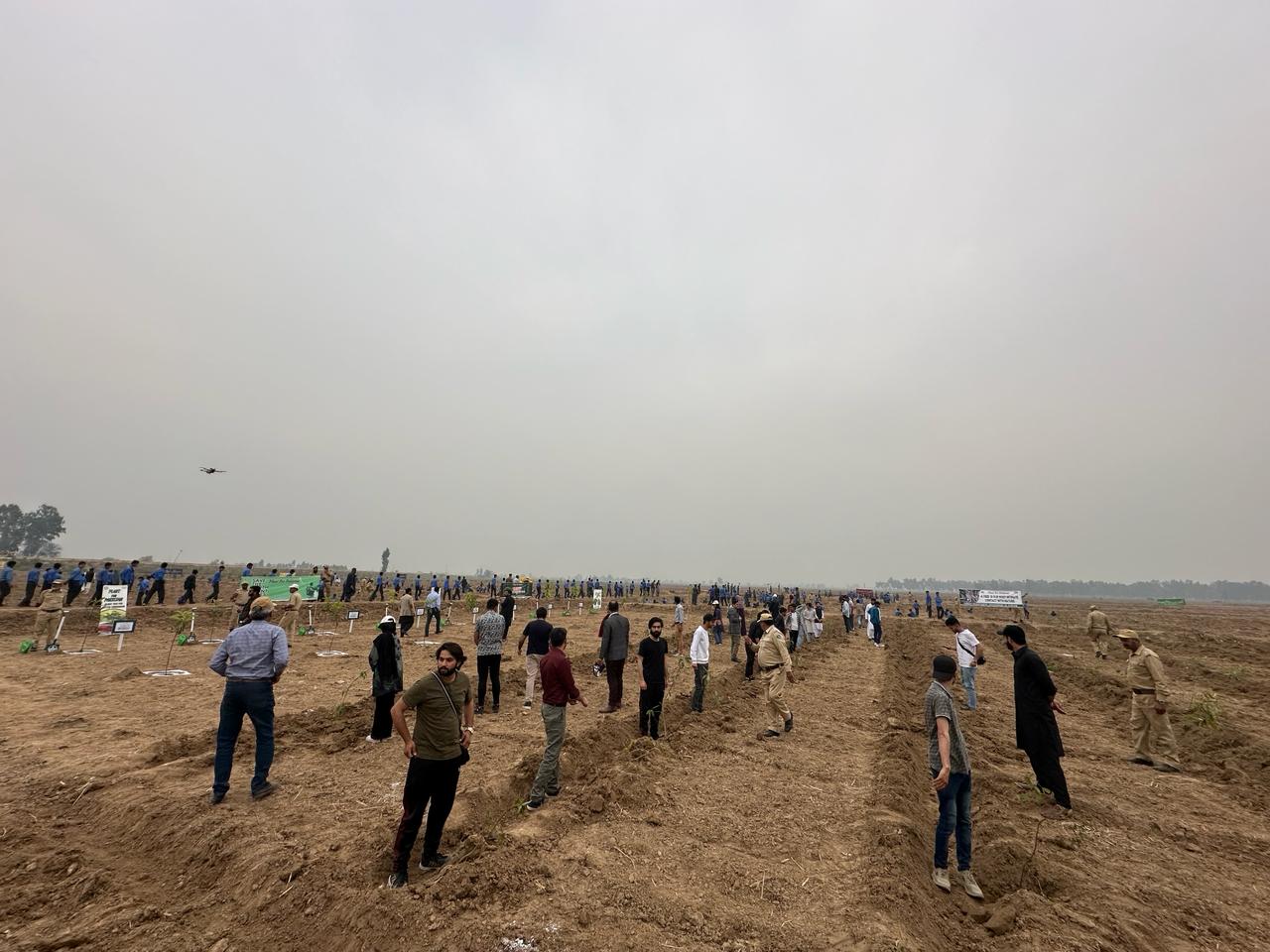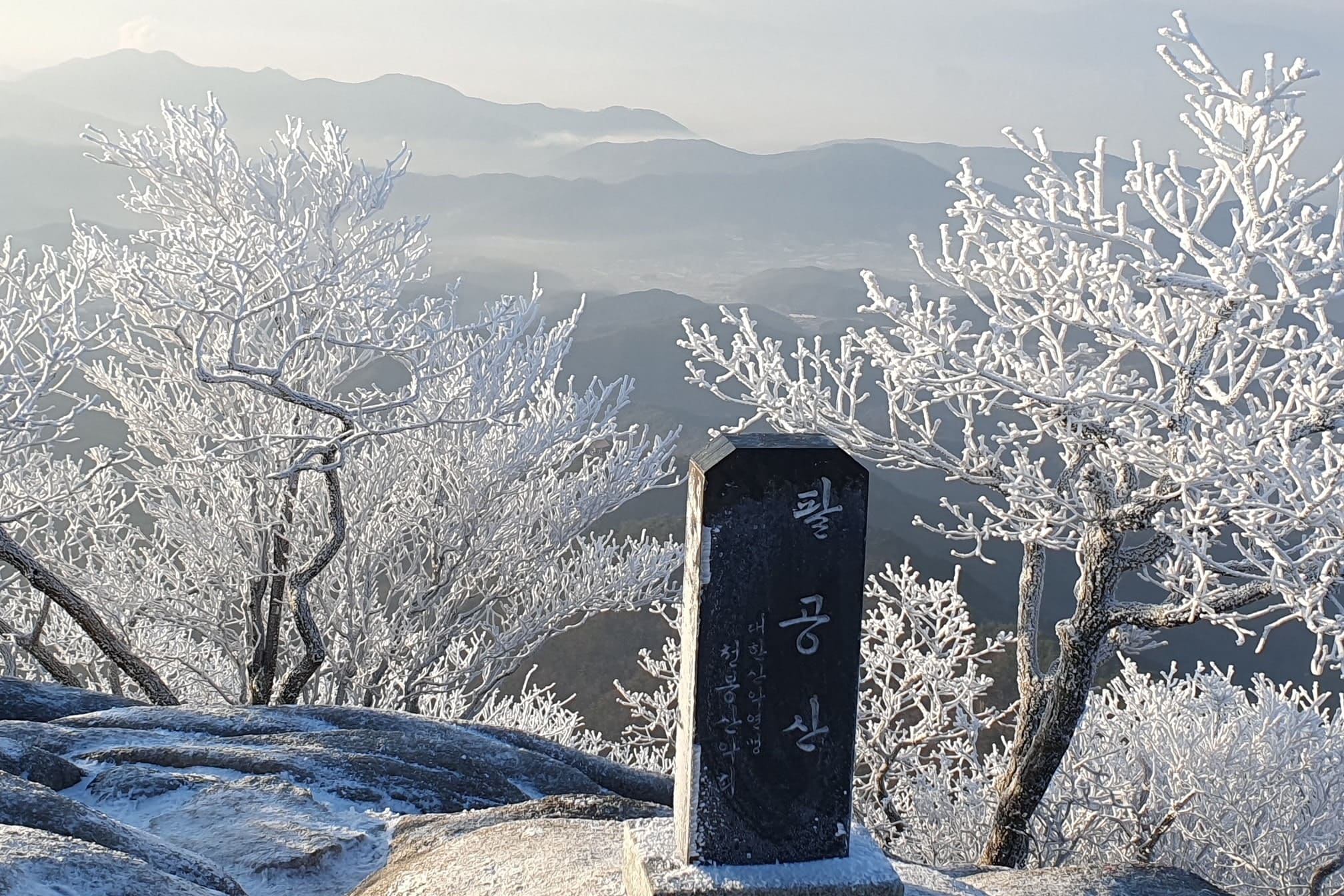IUCN side event at the 2nd Asia Parks Congress: Engaging local communities in protected and conserved areas
On 26 May 2022, as part of the 2nd Asia Parks Congress (APC) in Kota Kinabalu, Malaysia, IUCN held a side event to showcase the work of local civil society organisations (CSOs) supported by the Critical Ecosystem Partnership Fund (CEPF), a biodiversity conservation initiative.
These CSOs are working to empower local communities to engage in protected and conserved areas and conserve biodiversity in the Indo-Burma Biodiversity Hotspot. The hotspot is one of the most biologically important regions on the planet and also one of the most threatened, thus, there is an urgent need to accelerate conservation efforts.
2nd Asia Parks Congress: Parks for Nature and People
In relation to the conference’s theme “Parks for Nature and People”, and in line with APC Working Group 2: Governance of Protected and Conserved Areas, the side event profiled the work of local CSOs working on the ground with local communities to strengthen their engagement in protected and conserved areas. The case studies addressed themes related to engaging communities in the designation, governance and management of protected and conserved areas, which then provided context for a panel discussion with the presenters and participants in the audience.
Attendees were exposed to ‘on the ground’ models, challenges and lessons learned of implementing community-based approaches for protected and conserved areas, while local CSOs were also given the opportunity to raise awareness of their work and build their networks with other practitioners.
The event began with presentations delivered by CSOs, which included NatureLife Cambodia, the Biodiversity and Nature Conservation Association (BANCA) in Myanmar, and GreenViet in Vietnam, followed by a discussion with audience members.
NatureLife Cambodia
NatureLife Cambodia is a national conservation organisation that works to conserve biodiversity by building the capacity of local communities to manage natural resources sustainably for the benefit of all. In relation to the side event theme on community engagement in protected and conserved areas, the NatureLife project supported by CEPF in Stung Sen Ramsar Site was selected because it aims to improve the local community capacity to manage natural resources and improve local livelihood.
Mr. Vorsak Bou, CEO of NatureLife Cambodia, stated that “local people have been living in communities for a long time and depend on natural resources for their livelihood. As such they have a strong understanding of the local concerns and should be directly involved in the establishment, governance and management of community conserved areas”.
BANCA
BANCA is one of the leading national biodiversity and nature conservation organisations in Myanmar. Its mission is to conserve nature and biodiversity by working with local conservation groups and community-based organisations to effectively manage and conserve protected areas. BANCA’s project supported by CEPF was selected as a key project at the side event because it involves the role of local communities in the conservation of three critically endangered species in Myanmar.
Ms. Thiri Dae We Aung, Executive Director of BANCA, highlighted the need to engage local communities in conservation and strengthening awareness of conservation issues. “It is important that this is done in the appropriate languages, which facilitates trust building amongst community members”, stated Ms. Thiri.
GreenViet
GreenViet works to conserve important ecosystems and endangered species in the Central and Central Highlands regions. The GreenViet project supported by CEPF was showcased at the side event because it involves the protection of the grey-shanked doucs through supporting species champions in Tam My Tay Vietnam.
Mr. Tran Huu Vy, Director of GreenViet Biodiversity Conservation Centre, highlighted that “involving local communities in the monitoring and protection of conserved areas is very important because local knowledge and practices should be considered in management strategies. Local communities want to protect their forest and conserve biodiversity where they live.”
Mr. Alex McWilliam - Senior Programme Officer, Species, at IUCN Asia, and Manager of the CEPF Regional Implementation Team (RIT) in the Indo-Burma Hotspot, ended the session by providing closing remarks and further reiterated that “building trust with communities can be a long but rewarding process. However, it is the foundation of engaging communities in protected and conserved areas. Local civil society organisations provide vital connections between local communities and other stakeholders, and support them to implement successful community-based approaches to conservation. It is now time to amplify and scale out these approaches and ensure meaningful local community participation and ownership.”
About CEPF
CEPF empowers non-governmental organizations, Indigenous groups, universities and private enterprises to protect the world’s biodiversity hotspots and help communities thrive. It is a joint initiative of l’Agence Française de Développement, Conservation International, the European Union, the Global Environment Facility, the Government of Japan, and the World Bank. In the Indo-Burma Hotspot, it is also supported by the Margaret A. Cargill Philanthropies. IUCN serves as CEPF’s Regional Implementation Team in the Indo-Burma Hotspot.
For more information, please contact:
Alex McWilliam, Senior Programme Officer, Species at IUCN Asia / CEPF RIT Manager in the Indo-Burma Hotspot: Alexander.McWilliam@iucn.org
Noor Ali, Communications Officer at IUCN Asia / CEPF RIT Communications Officer in the Indo-Burma Hotspot: Noor.ali@iucn.org






